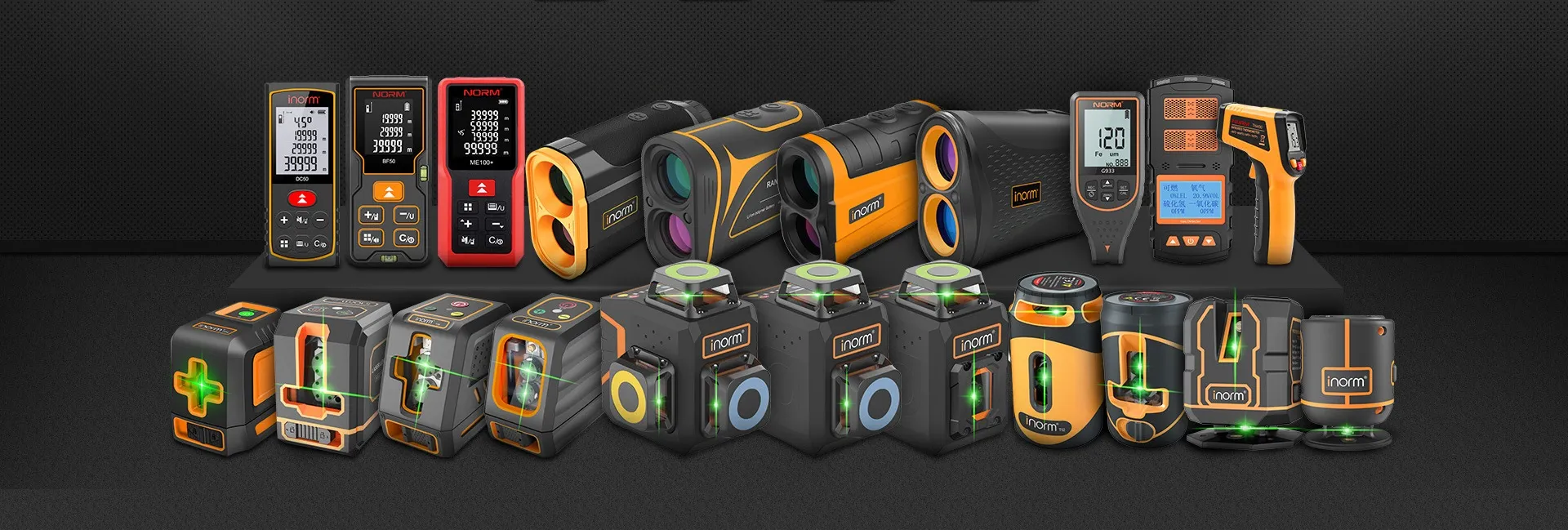How to Check the Accuracy of Your Laser Level
A precise laser level is crucial for any construction, DIY, or professional project where accurate leveling and alignment are required. Whether you're a seasoned contractor or a weekend DIYer, ensuring your laser level's accuracy can save you time, money, and headaches. Here's a comprehensive guide on how to check if your laser level is spot - on.
1. Visual Inspection of the Instrument
Before diving into functional tests, give your laser level a thorough visual inspection. Check for any visible signs of damage, such as cracks on the housing, a misaligned laser window, or loose parts. A damaged laser level may not function correctly and could give inaccurate readings. Inspect the battery compartment to ensure the batteries are properly installed and not corroded, as a weak power source can also affect the laser's performance.
2. Basic Functionality Checks
2.1 Power - On and Beam Visibility
Turn on the laser level and observe the laser beam. In a well - lit area, the beam should be clearly visible. If the beam appears dim or intermittent, it could indicate a problem with the laser diode or the power supply. Some laser levels have different beam intensities for various lighting conditions; make sure to adjust the settings accordingly and still assess the beam's clarity.
2.2 Self - Leveling Feature (if applicable)
Many modern laser levels come with a self - leveling mechanism. When you turn on the device, it should automatically level itself within a certain range. Place the laser level on a flat, stable surface and watch as it self - levels. If it takes an unusually long time to level or doesn't level at all, there may be an issue with the leveling sensors or the internal mechanics.
3. Testing Horizontal and Vertical Lines
3.1 Horizontal Line Test
Find a long, flat surface, like a large wall or a floor in a spacious room. Set up the laser level at one end and project the horizontal laser line across the surface. Then, use a traditional spirit level or a calibrated measuring tape to check the height of the laser line at multiple points along its length. The difference in height between any two points should be within the manufacturer's specified accuracy tolerance, typically around ±0.5 mm/m. If you notice significant variations, the laser level may need calibration or repair.
3.2 Vertical Line Test
For the vertical line test, select a tall, vertical surface, such as a wall. Mount the laser level securely at the base of the wall and project the vertical line upwards. Use a plumb bob or a vertical measuring tool to check the alignment of the laser line at different heights. Similar to the horizontal test, any deviations from a perfectly vertical line should be minimal and within the acceptable accuracy range.
4. Distance and Angle Testing
4.1 Distance Accuracy
If your laser level is designed to work over long distances, test its accuracy at various ranges. Place a target at a known distance, say 10 meters, 20 meters, and 30 meters, and project the laser beam onto it. Measure the actual distance from the laser level to the target and compare it with the expected distance according to the laser level's settings. Some high - end laser levels have built - in distance - measuring capabilities; cross - check these readings with a reliable external measuring device.
4.2 Angle Calibration
Certain laser levels allow you to set and project lines at specific angles. To test the angle accuracy, use a protractor or an angle - measuring tool. Set the laser level to a known angle, such as 45 degrees or 90 degrees, and measure the angle of the projected laser line. The measured angle should match the set angle within the manufacturer's stated accuracy limits.
5. Professional Calibration and Verification
If you're still unsure about your laser level's accuracy after performing these tests, or if you need extremely precise measurements for critical projects, consider sending it to a professional calibration service. These services use specialized equipment and procedures to accurately calibrate laser levels to their factory - specified tolerances. They can also identify and fix any underlying mechanical or electronic issues that may be affecting the accuracy.
By following these steps, you can ensure that your laser level is accurate and reliable, giving you the confidence to tackle any project with precision. Regularly checking your laser level's accuracy will not only improve the quality of your work but also extend the lifespan of the instrument.


